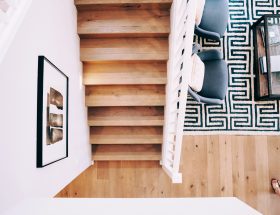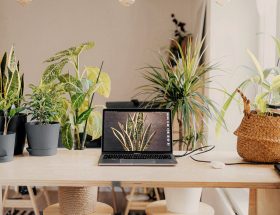Starting out as a new interior designer can be an exciting and rewarding experience. But breaking through the noise in a saturated market can be quite the challenge. This is where savvy marketing comes into play.
In this blog post, we’ll walk you through strategies to market your new interior design business both with and without social media. We’ll look into how are these two approaches different and guide you on how to select the right marketing strategy for your home decor business.
Disclaimer: This blog post may contain affiliate links and we may earn a small commission when you click on the links or purchase paid products at no additional cost to you. We only recommend products and software we truly believe to be helpful for your business.
The Benefits of Marketing For New Interior Designers
The reasons why you should invest in marketing as a new interior designer are clear: Marketing allows you to establish a brand for your business, spread the word, and attract potential clients. Without clients, your business doesn’t really exist; it’s just a very expensive hobby. Unless you’re starting with a substantial list of client leads already, you need to take action to promote your design services.
There are various ways to market your design business, but for the sake of this post, we will break them down into two categories: using social media and going beyond social media.
Before getting into specific marketing strategies, let’s look at both approaches more closely.
Marketing a New Interior Design Business on Social Media
This approach involves dedicating a significant portion of your time to showcasing your home design business across social media platforms like Instagram, Pinterest, Facebook, or others depending on your target audience.
There are numerous benefits to using social media for your home decor business, including:
- The potential to reach a wider audience.
- Many tasks can be optimized and processes streamlined, such as batching content creation and scheduling posts in advance, or automating message responses to followers and potential clients.
- Lower costs, unless you decide to hire a social media manager or outsource the management of your social media profiles to an agency.
However, there are also downsides to relying solely on social media for marketing your interior design business, including:
- Limited personal interaction compared to offline activities like face-to-face networking.
- The need for specialized skills, like taking high-quality photos, creating social media graphics, and video editing.
- Building momentum requires consistent engagement and time investment, which may be challenging if you have a busy schedule.
Marketing an Interior Design Business Without Social Media
In essence, promoting your design business beyond social media involves any activity, both online and offline, that doesn’t center around creating and sharing content on social platforms.
Marketing your design business without relying on social media has its advantages and disadvantages.
Here are some key points to consider:
- This approach tends to be more personal but can also be time-consuming, particularly if you prioritize face-to-face networking and participation in design events.
- Costs may be higher if you invest in traditional advertising avenues or incur expenses for brochures, flyers, and other promotional materials.
- Scaling your marketing efforts might be more challenging compared to social media, which offers the potential for broader reach when done right.
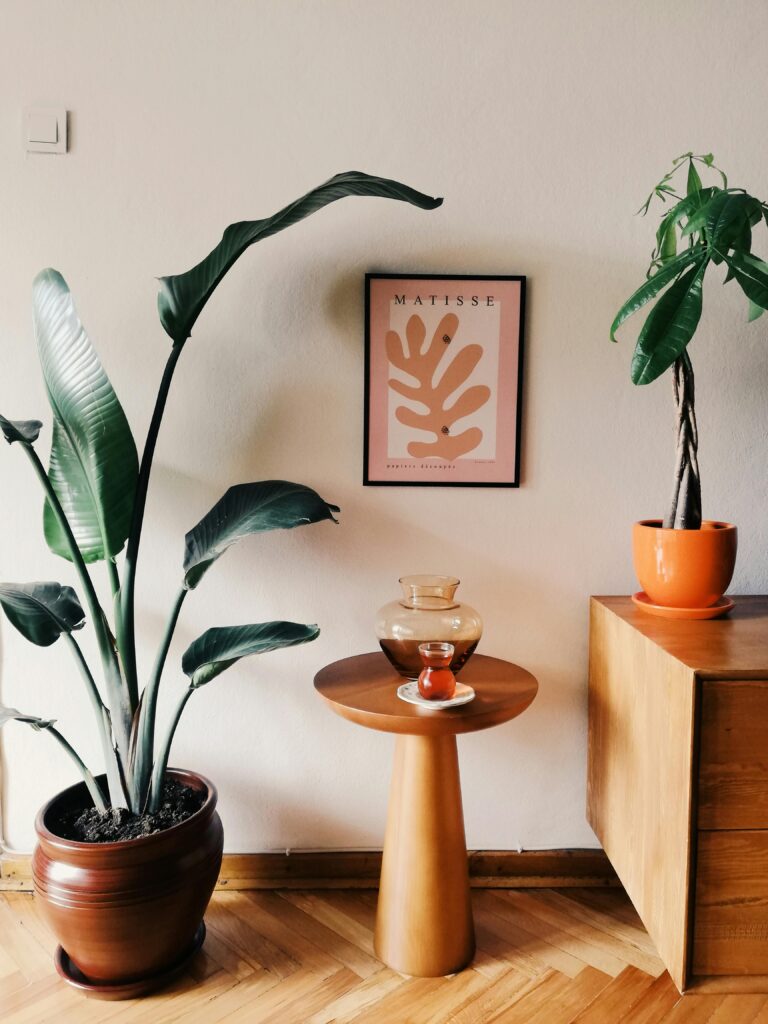

Top Social Media Platforms for New Interior Designers
While there’s a multitude of social media platforms out there, not all are ideal for interior design business owners. Take platforms like X (formerly known as Twitter) and Threads, for instance. While they excel in fostering community engagement and textual content—ideal for bloggers, startups, and entrepreneurs in personal finance—they lack the visually-driven nature essential for an industry like interior design.
In this post, we will focus on platforms that prioritize visual content while also offering other crucial features, such as fostering a sense of community and providing effective conversion options—ways someone can transition from being a follower to becoming a paying client.
The platforms we will delve into are Pinterest, Instagram, TikTok, Facebook, and LinkedIn. Since their features and user bases vary, selecting the ideal platform for your home decor business is a highly individual decision. However, understanding the differences between the platforms will help you assess which might be the best fit.
Pinterest for New Interior Designers and Home Stylists
When it comes to visual platforms, Instagram, TikTok, and Pinterest stand out as the top social media channels for new interior design business owners. However, that doesn’t mean you should choose any of them randomly. Even among visually focused platforms, there are notable differences.
Pinterest operates more like a search engine than a typical social media platform and excels at driving traffic to blogs or websites. This makes Pinterest an ideal choice for virtual designers who rely on online traffic.
On the other hand, Pinterest lacks some community-oriented features, so it might not be the best option for designers who aim to connect with local clients and build relationships with potential clients first.
TikTok or Instagram for Home Decorators
TikTok and Instagram have been closely competing over the past few years, even incorporating features from each other to appear more alike. However, from a marketer’s standpoint, the differences between the two are clear – TikTok’s audience tends to skew younger, and direct engagement as well as driving sales may not be as effective as on Instagram.
Instagram remains one of the top social media choices for interior designers, catering to both those offering traditional, local, in-person design services and e-designers serving global clients online.
Building a targeted following is achievable by sharing content relevant to your ideal client (especially using Reels to reach new people who haven’t followed your profile yet), using hashtags that your audience is likely to search for, and engaging with posts from other brands that share the target market you are trying to reach.
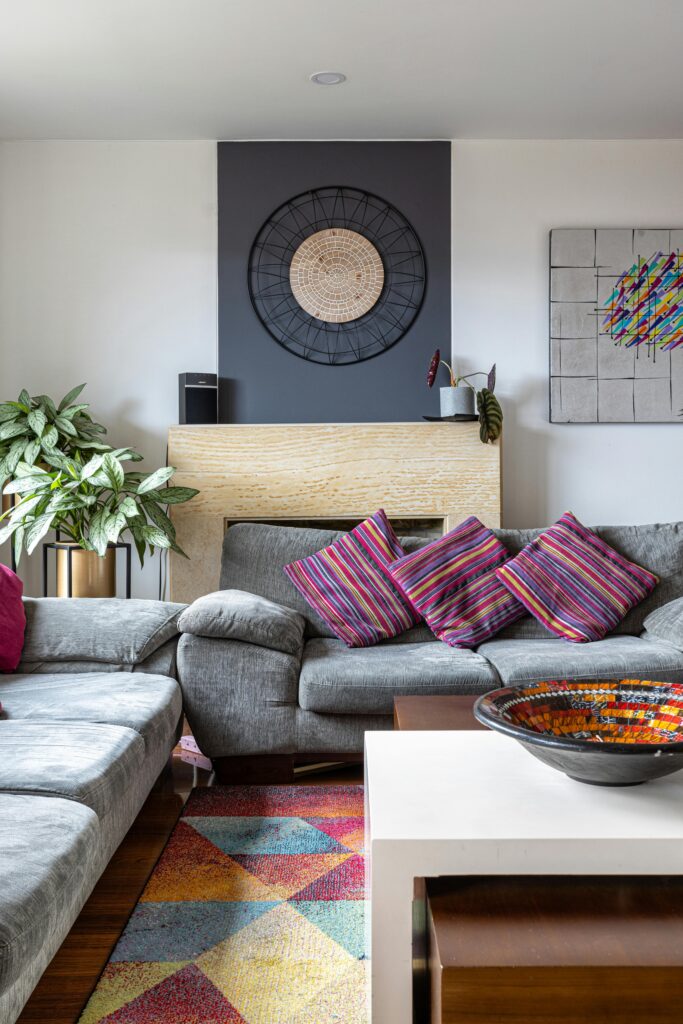
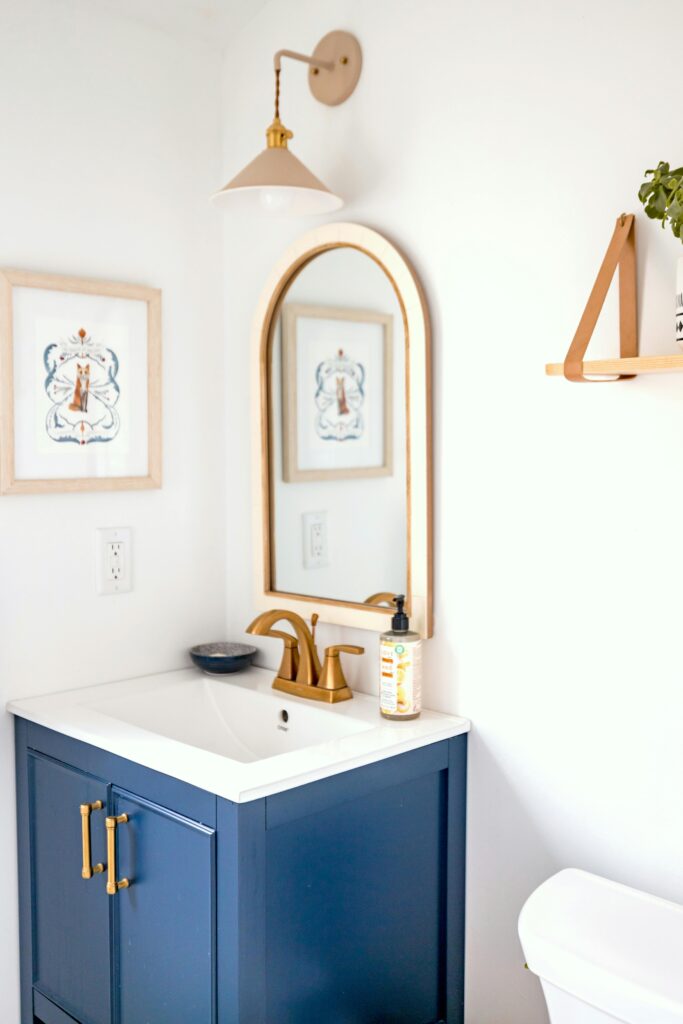

When it comes to fostering closer relationships with client leads, you can have one-on-one conversations using direct messages (DMs), share personal Stories that offer a behind-the-scenes look into your business, or host Lives to interact directly with your followers.
Conversions options include DMs, using link stickers in your Stories, and strategically using links in your bio. There are also opportunities to earn money directly on the platform through Subscriptions, connecting your online shop with the app, or partnering with brands and sharing branded content.
Lastly, even though both Instagram and TikTok are leaning towards video content, you can still build a significant following on Instagram without needing video editing skills. For instance, static posts and informative carousels can be highly effective in engaging your audience and growing your presence on the platform.
Facebook for New Interior Designers and Home Decorators
What about Facebook, you might be wondering? While Facebook’s nature is somewhat less visual compared to Instagram or Pinterest, its combination of features and potential for broad reach can be very effective in promoting a newly established interior design business, especially if you focus on actively participating in established Facebook groups. The community aspect of Facebook groups aligns particularly well with the needs of interior designers.
However, gaining recognition within existing groups requires a significant time investment, as you need to actively engage with members rather than just posting and disappearing.
Moreover, not all groups permit business promotion, or they may restrict it to certain days, so adhering to group rules is essential—unless you decide to cultivate a group of your own, which requires even more time and effort.
LinkedIn for New Interior Designers
While LinkedIn typically isn’t among the top favorite social media platforms for interior designers, there are situations where it might be the right choice to focus on. If your target audience includes business executives and companies considering workplace redesign, LinkedIn can serve as the perfect platform to connect with potential clients and get on their radar.
Whether you’re building credibility by sharing relevant thought pieces (such as resharing a blog post on enhancing productivity in the workplace through interior design) or engaging in LinkedIn groups, ensure your tone aligns with your branding and meets the expectations of your ideal client.
While your Instagram Stories may have a more lighthearted tone and your Instagram post captions may be filled with fun emojis, the tone and language you use on LinkedIn will likely be more professional and in line with corporate communication styles.

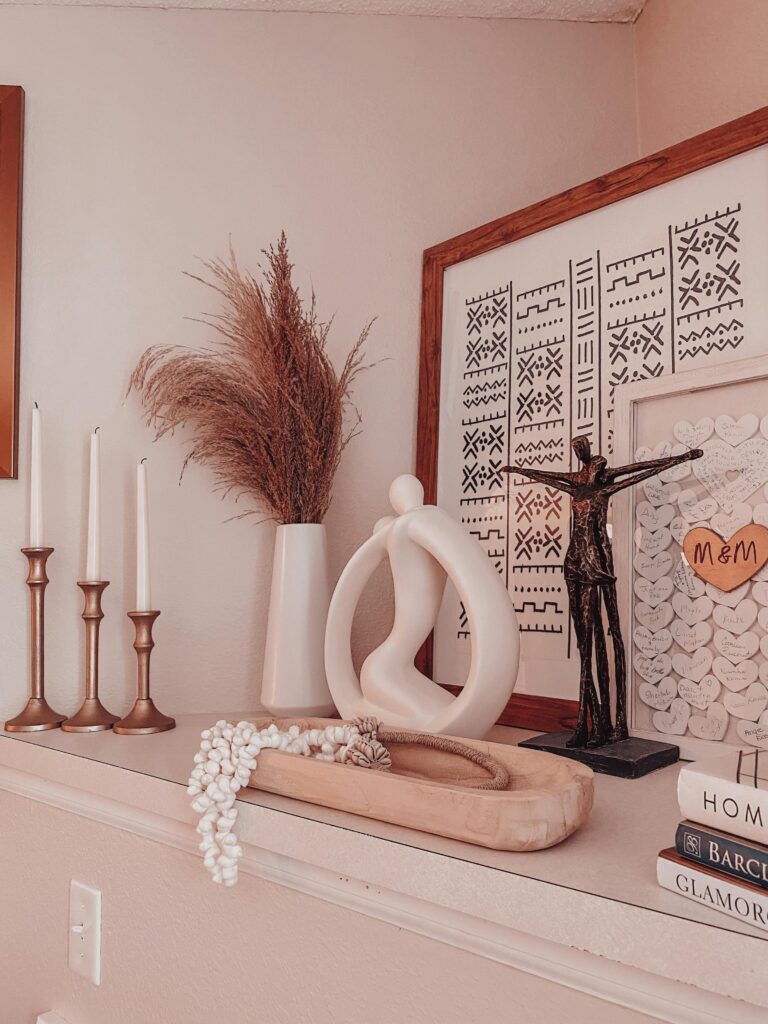
Choosing the Right Social Media Platform for Your Interior Design Business
So, how do you go about selecting the ideal social media channel for your home decor business?
It all boils down to a few factors, such as your business goals, resources, and your personal style.
For virtual designers, Pinterest might be most beneficial for its potential to drive website traffic. On the other hand, for residential designers who need to establish connections before potential clients decide to hire them, local Facebook groups can be the ideal choice due to their community aspect and the ability to find your posts within a group long after posting.
When deciding which social media platform to choose for your design business, consider the following factors:
- Your business goals: Do you need to drive website traffic or develop relationships for your business to grow?
- Your resources: How much time can you realistically invest in building your following or brand? Is it two hours daily or three hours weekly? Creating Pinterest graphics and scheduling them in advance using Tailwind might be more feasible for a time-strapped new designer than sharing daily Stories and frequent posting required on Instagram.
- Your personality: Are you comfortable appearing on camera in fun or informative Instagram Reels, or are you an introvert who prefers sharing knowledge and helping people in community groups on Facebook?
Key Components of a Successful Social Media Strategy
No matter which social media platform you decide to focus on, having a comprehensive strategy is essential for achieving long-term results.
The specific elements of your strategy will vary depending on the platform, but the key aspects remain:
- Ensuring your bio and your profile are optimized to attract ideal clients.
- Understanding the type of content that will resonate with your target audience.
- Determining the optimal frequency for posting or sharing new content.
- Knowing the most effective ways to engage with your followers.
- Understanding and implementing strategies to convert followers into clients – whether it’s encouraging someone to click on a link and visit your website or booking a consultation via a direct message.
Alternative Ways To Market a New Interior Design Business Beyond Social Media
You might have your reasons for wanting to prioritize avenues other than social media to market your design business.
No judgment here – different approaches work for different designers, and it’s crucial to prioritize strategies that align with your goals rather than simply following what others are doing.
Next up, we’ll delve into how interior designers can leverage email marketing, the importance of SEO for interior design business owners, and also explore networking as an offline marketing avenue for decorators and home stagers.
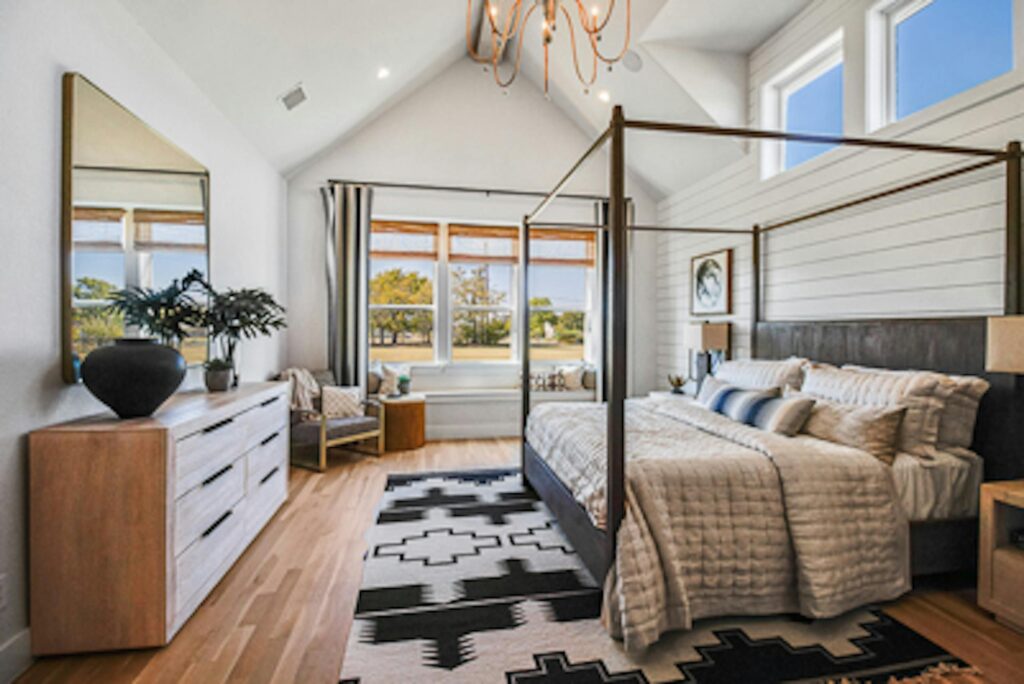
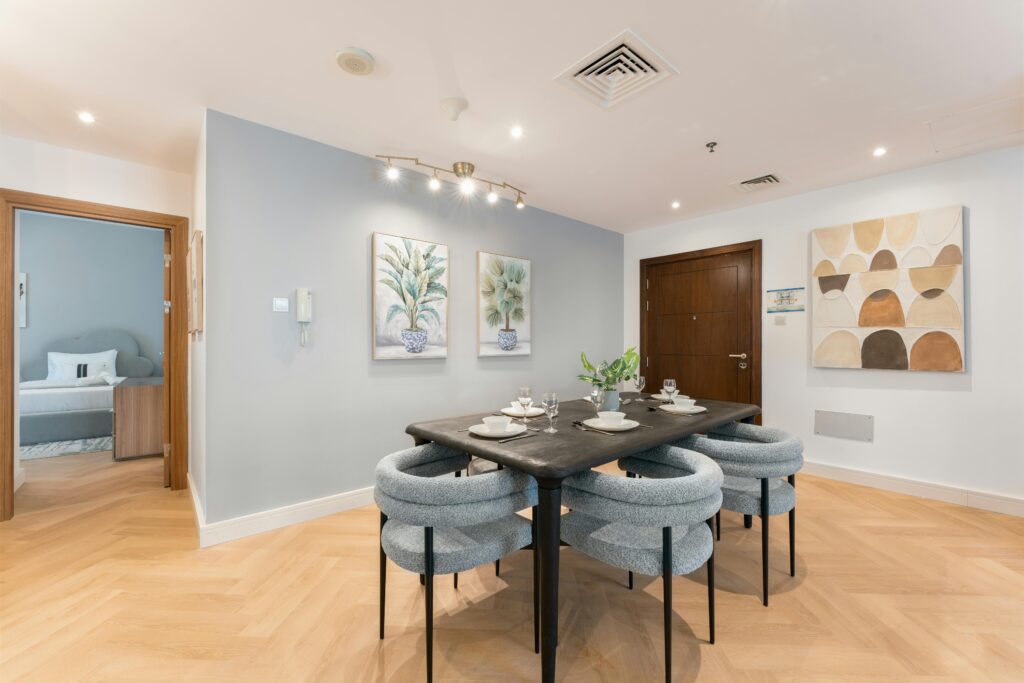
Email Marketing for Home Decor Businesses
The primary advantage of email marketing is that you have ownership of your audience—your list of subscribers—instead of being at the mercy of a social media platform. Your social media profile could be hacked, your account might get banned, or the platform you rely on could fall out of favor, making your hard-built following worthless.
In contrast, your subscriber list provides direct access to client leads, unless they choose to opt out of your emails.
Although email marketing is categorized as an alternative strategy in this post, it can complement other promotional methods in your business and work alongside a social media strategy—no need to choose one over the other!
While having direct access to potential clients is always advantageous, making email marketing a top priority might make more sense for certain types of interior design business owners. For example, if you operate an online home decor shop and are running a seasonal sale, or if you’re a virtual designer launching a digital product like a mini-course on creating mood boards.
When deciding whether to focus on email marketing or not, think about where it fits into your overall marketing strategy and consider how likely it is that it will attract new clients to your interior design business in the long run.
Why Interior Designers Need a Website To Attract New Clients
A business website serves as more than just an online business card and portfolio—it’s a space where potential clients can delve deeper into who you are, understand your working style, and determine if you’re the right fit for their home decor project.
As they browse through images from your previous projects and read client testimonials, they can develop trust in your business. Learning about your services can provide insights into what they can expect when collaborating with you.
Your business website should, at a minimum, include:
- About page
- Services page
- Portfolio page
- Contact page with a booking form.
Nice-to-haves would include a page about your design process and a separate page featuring client testimonials.
Depending on your technical skills, you might consider building your website yourself using one of the popular website builders. Squarespace and Wix are user-friendly options if you’re not highly technical. However, WordPress offers more customization options and access to a wide range of plugins for enhancing SEO, detailed analytics, email marketing integrations, and social media sharing.
Another option is to hire a website development agency, though this can be more costly and may involve recurring fees for long-term website management. If you choose to pay someone else to build your website, whether an agency or a freelancer, make sure you provide a clear brief outlining your website requirements and have plenty of references available to minimize misunderstandings and ensure your vision is accurately realized.
SEO and Driving Organic Traffic Through a Blog
Ideally, your website should include a regularly updated blog with articles on interior design topics that resonate with your design niche and cater to your ideal client’s interests.
Maintaining a regularly updated blog serves a dual purpose. Firstly, it helps you build authority and positions you as an interior design expert. Equally important, a well-optimized blog can drive traffic to your website through organic search.
While search optimization primarily involves incorporating keywords and relevant search phrases, it’s essential to ensure your blog posts include high-resolution images that are visually appealing and Pinterest-friendly. These could be photos of completed projects from your portfolio or sourced from stock image websites. If using the latter, don’t forget to credit the original source to avoid misunderstandings.
Depending on your resources and writing skills, you can explore a variety of topics on your blog, ranging from choosing a color scheme for a home to highlighting the top interior design trends of the year or explaining the differences between e-design packages and traditional interior designer services.
The key is to keep your ideal client’s interests in mind and structure your posts around design-related phrases and keywords they might search for.
Driving Website Traffic Through Social Media
Although the primary goal of your blog is to drive traffic to your website, it’s helpful to give your newly published posts an initial boost before search engines pick up on them.
Pinterest can be especially efficient for driving traffic to a home decor blog, given its image-centric nature that makes it an ideal platform for interior design-related searches. By creating well-optimized vertical graphics (pins), your images can continue attracting new visitors to your blog long after posting.
However, Pinterest isn’t the only avenue for increasing the visibility of your blog posts. If you maintain an active Instagram profile, for instance, you can promote your blog posts by linking to them in your bio or sharing Stories with link stickers directing followers to your blog.
Facebook groups can be another valuable channel for driving initial traffic, provided that sharing external links adheres to their community rules. This includes both groups you manage and groups you’re a member of, as long as the topic of your blog post aligns with the group’s subject and link sharing is permitted.
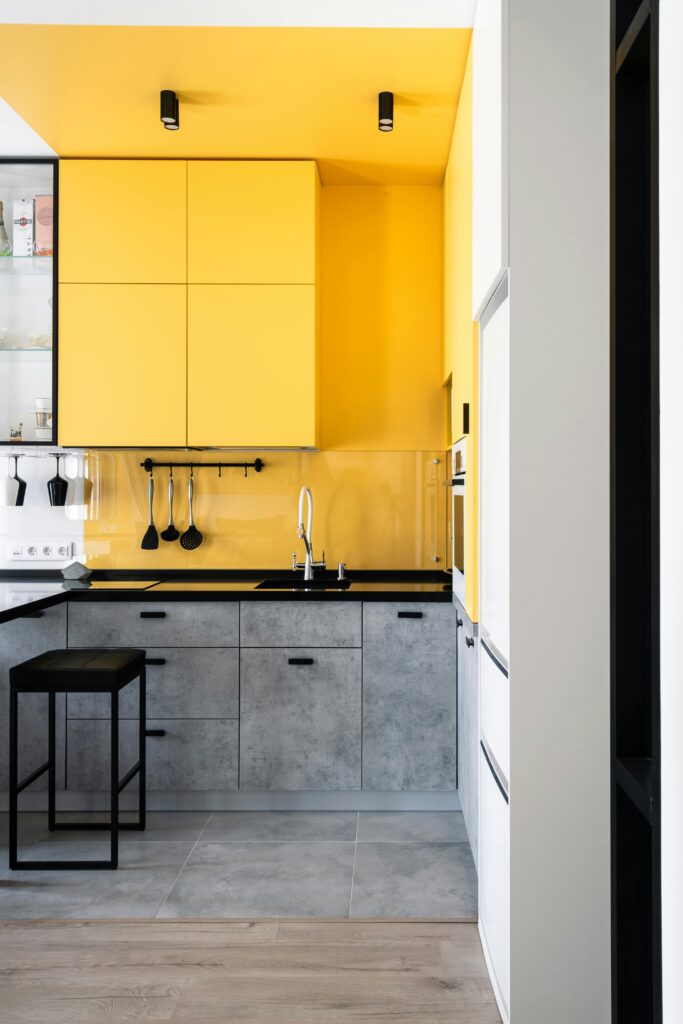
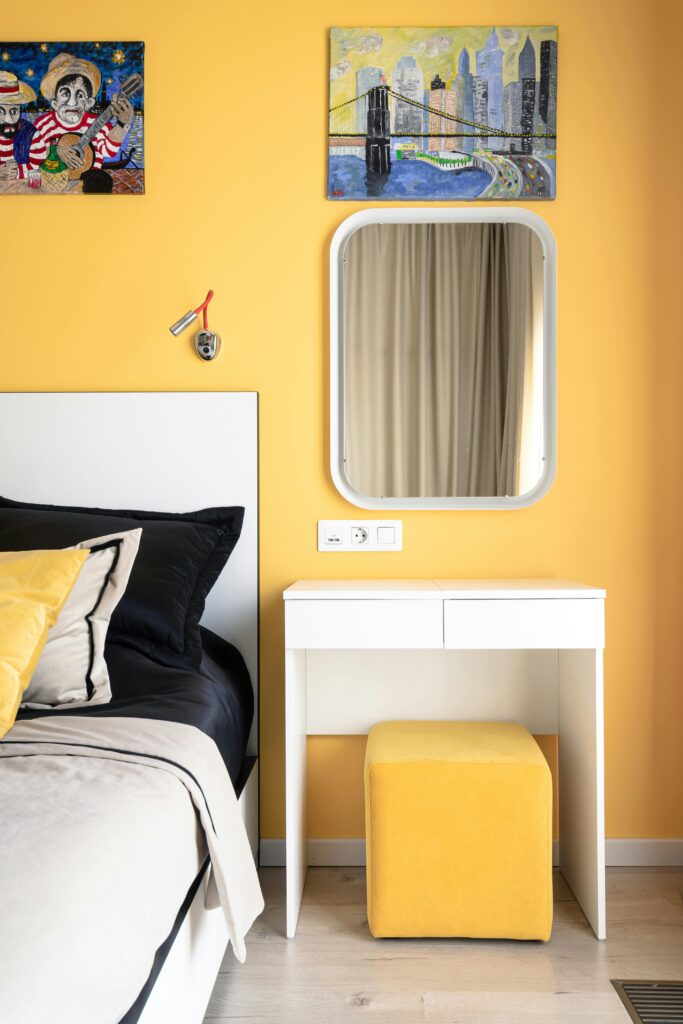
Offline Networking and Outreach
In the world of interior design, personal connections, and close relationships form the foundation of the industry. Whether it’s with builders, material suppliers, or potential clients, establishing trust and getting to know each other is crucial when securing new business.
So it’s no wonder why so many interior designers prioritize offline networking and outreach, even if social media plays a significant role in their marketing strategy.
There might be situations where networking may not be as high on the priority list, such as when offering e-design services. However, even in those cases, building relationships remains vital for earning stellar client reviews and acquiring new clients through personal recommendations.
What Does Offline Outreach Mean in the Context of Interior Designers?
When we talk about networking and outreach, we’re primarily referring to building relationships with local businesses, taking part in community events, attending trade shows and industry gatherings, and the like.
Essentially, any face-to-face opportunity to connect with potential clients in person rather than online.
This might be one of the most time-consuming ways how to market yourself, but sometimes, personal connections can be the only thing you need to get the first few clients. There are many professionals who could benefit from knowing an interior designer they can recommend to their clients—think realtors, architects, painters, kitchen makers, and so on. While building relationships with them might take a lot of time, it can pay off dividends over the years to come.

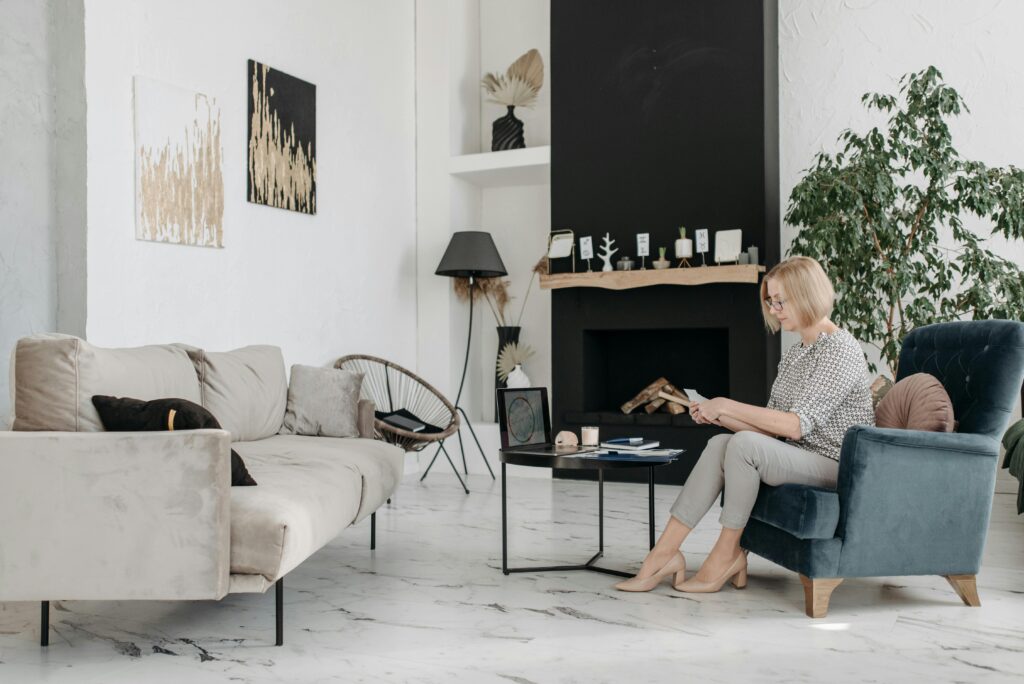
Networking and in-person outreach can also involve word-of-mouth marketing—encouraging satisfied clients to refer you to their network—and offering referral incentives when collaborating with adjacent businesses, like furniture stores, architects, and real estate agencies.
You can also focus on building relationships with media whether it’s reporters, radio stations, or guest posting in magazines and being their go-to person on all things interior design.
On a smaller scale, you can achieve a similar result by guest posting for home decor bloggers or speaking on podcasts. If you have something interesting to say and are willing to share your experience or your knowledge, podcasts can be a very effective way to boost your brand.
Also, it doesn’t have to be just podcasts about interior design that are likely listened to mostly by other designers. You could be a guest on a podcast that interviews local businesses or a podcast where moms share how they run their home-based businesses while taking care of their families.
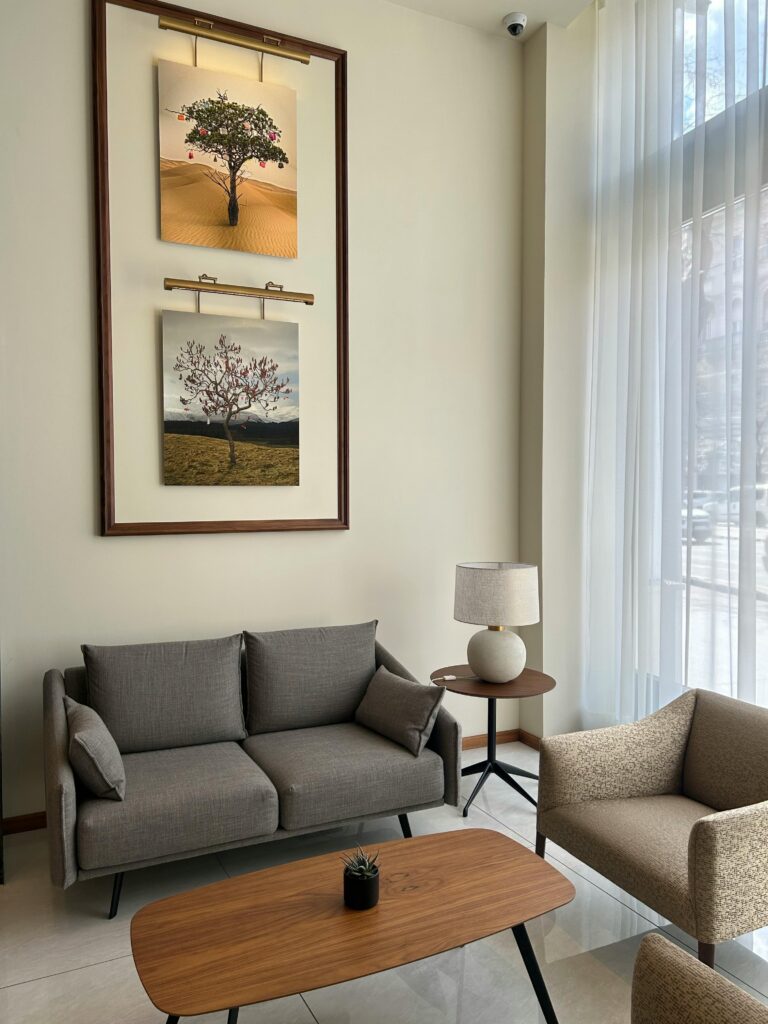
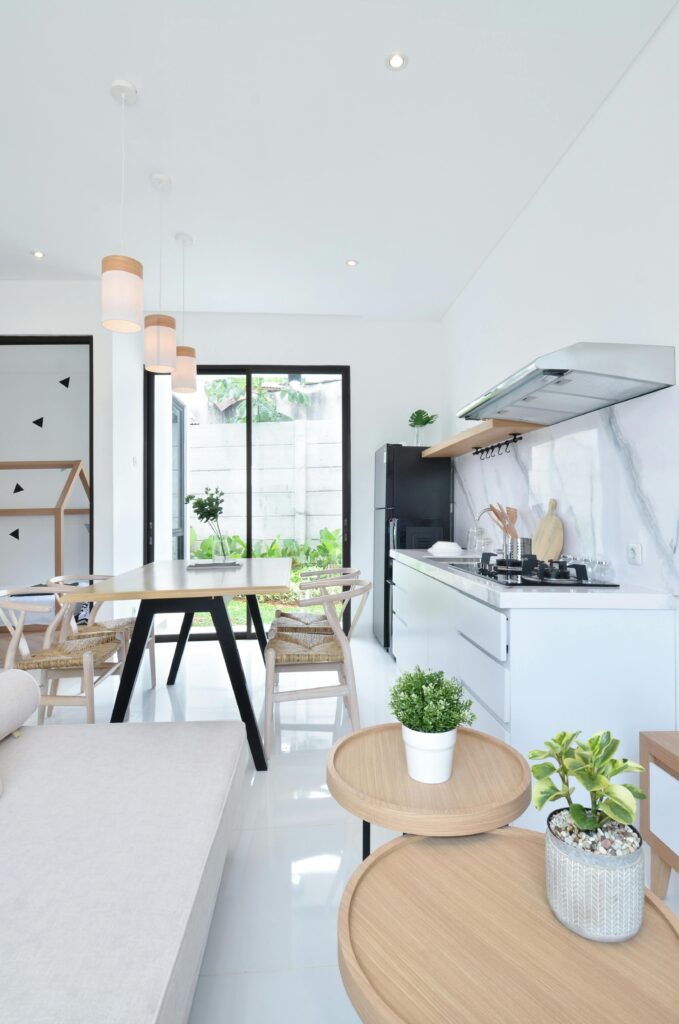
You can also try volunteering your services for a local charity. It is an investment, as you’re giving your time and expertise away, but you will get access to new people, and those who benefit from your services and have a great experience can then recommend you further, and you get a client testimonial out of it.
Hosting your own events, such as home decor workshops, can also be beneficial for generating additional income from ticket sales and increasing exposure in your local area. You can advertise your event on platforms like Meetup.com, Eventbrite, or local Facebook groups, and if someone registers for your event, you can add them to your mailing list and work on building closer relationships that way.
If you’re new to the interior design business world and feel uncomfortable presenting your design services face to face and taking on the role of a salesperson for your home decor business, co-hosting events or participating in cross-promotions with related businesses can be a more approachable way to get started.
Choosing the Right Marketing Approach as a New Interior Designer
The reality is that there isn’t a single correct approach or a guaranteed one-size-fits-all method for selecting the right marketing strategy for your design business.
Selecting a promotional strategy that suits you depends on various factors, including:
- Your business situation and goals: This involves identifying your ideal clients and determining the most effective ways to reach them. For instance, social media might make more sense for virtual designers due to its global reach, whereas the opposite could be true for a commercial designer needing in-person networking with businesses.
- Your resources: Can you realistically afford the expenses of traditional marketing? If you’re looking for a budget-friendly option and can dedicate time to DIY efforts, mastering social media might be a sensible choice.
- Your current skills: For instance, if you excel at video production but lack the confidence for networking, focusing on creating engaging social media content might yield better long-term results.
This is not to say that you have to necessarily choose one or the other—while selecting one primary marketing approach helps with efficiency, you can just as well build your marketing strategy around several components that complement each other to truly supercharge your marketing strategy.



